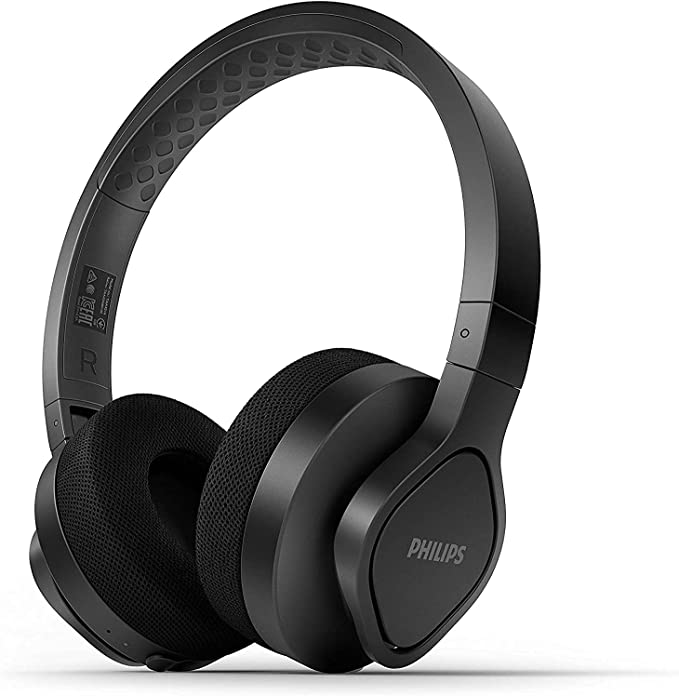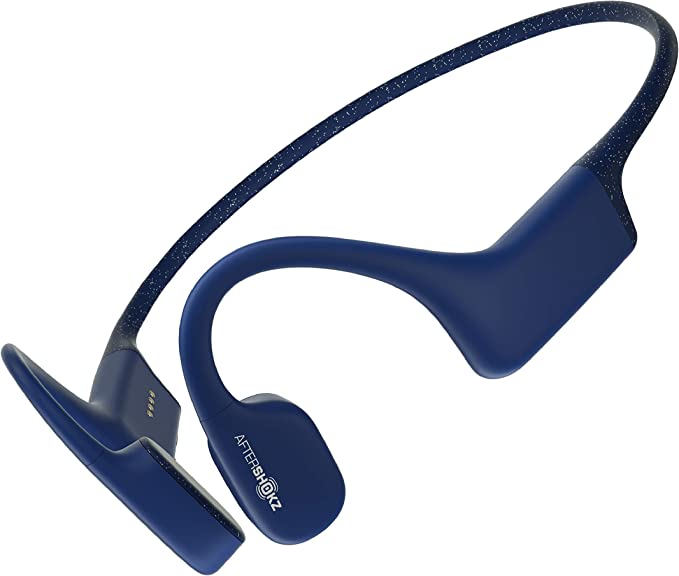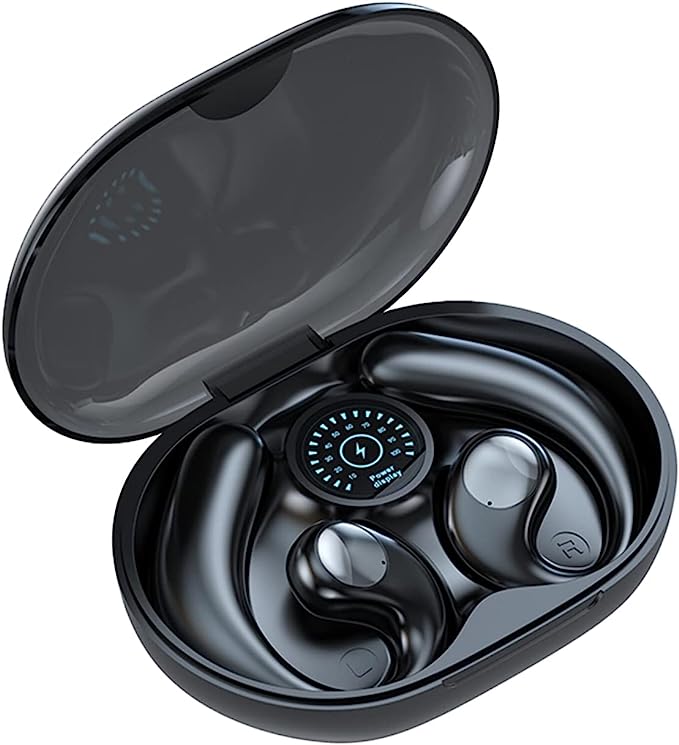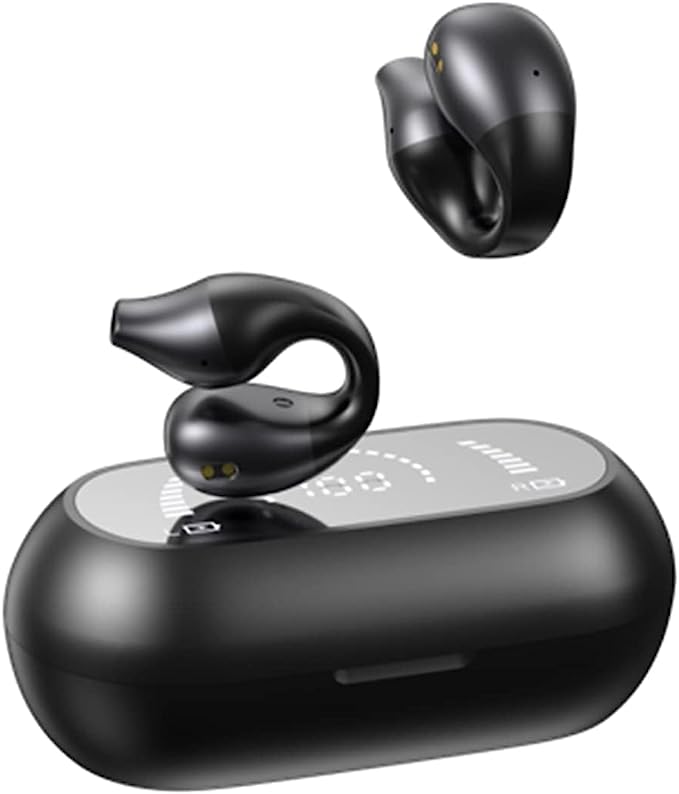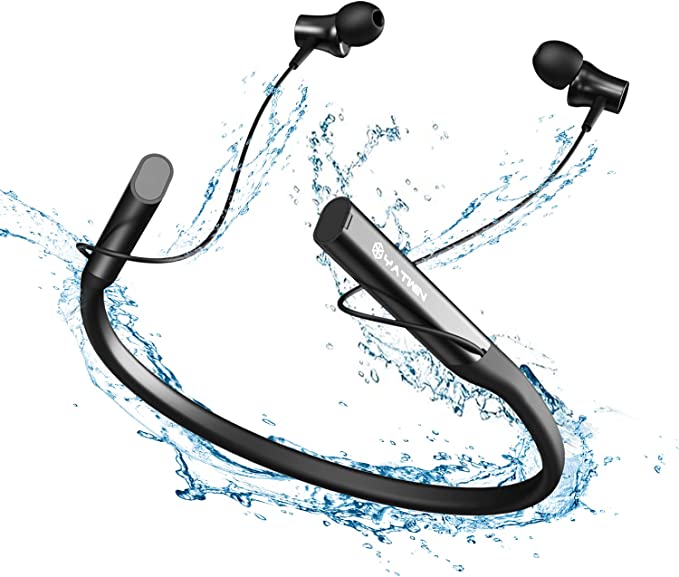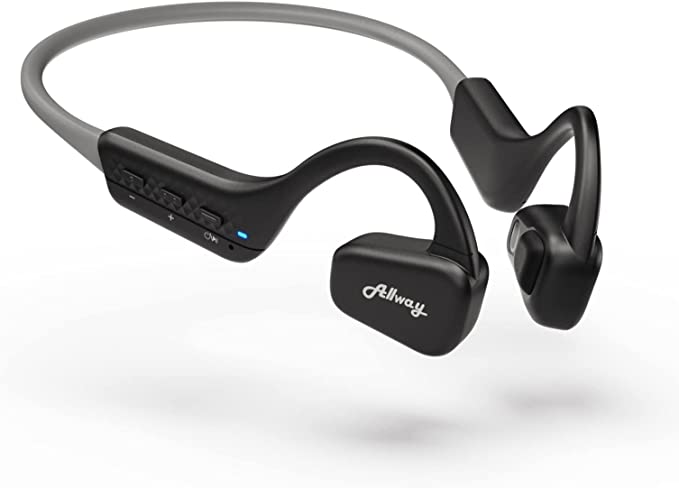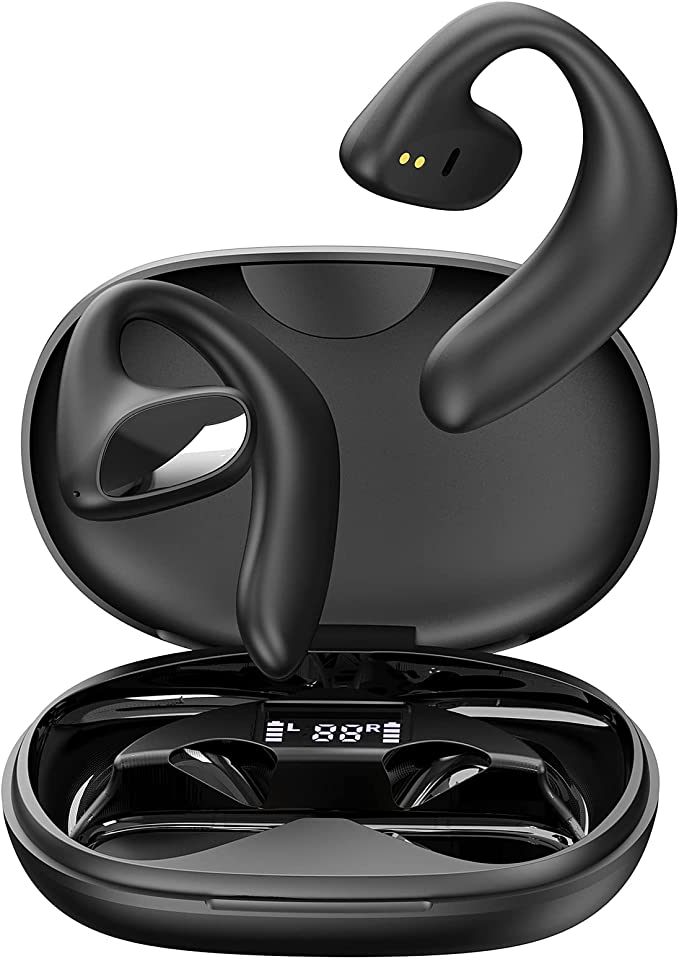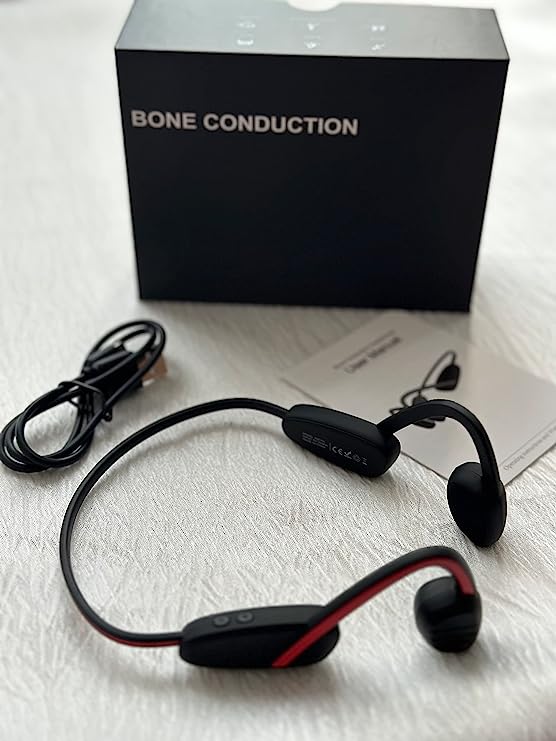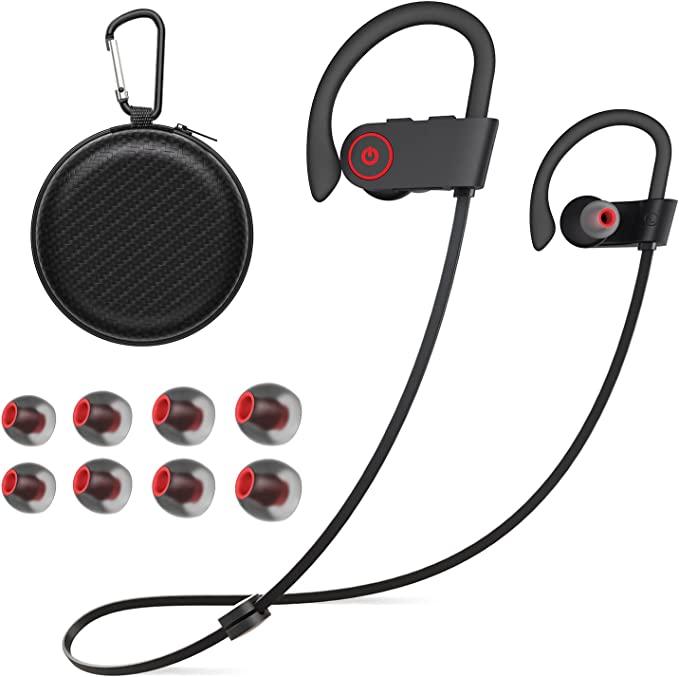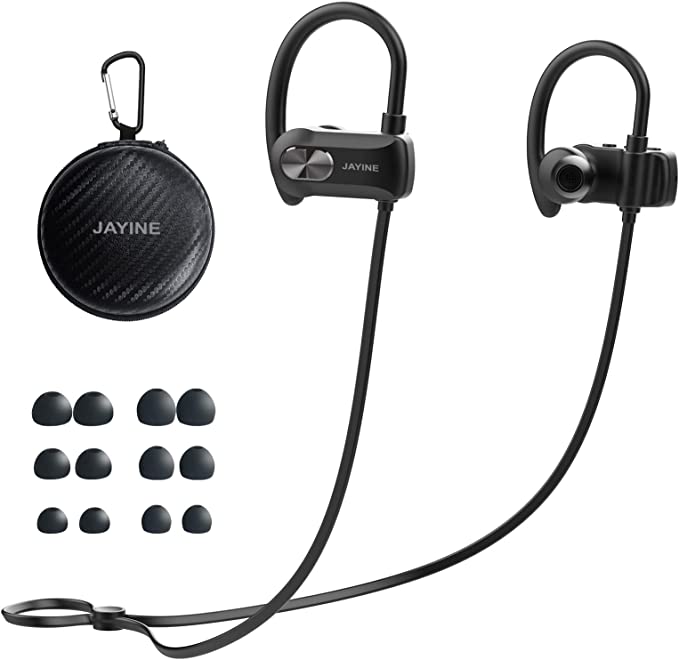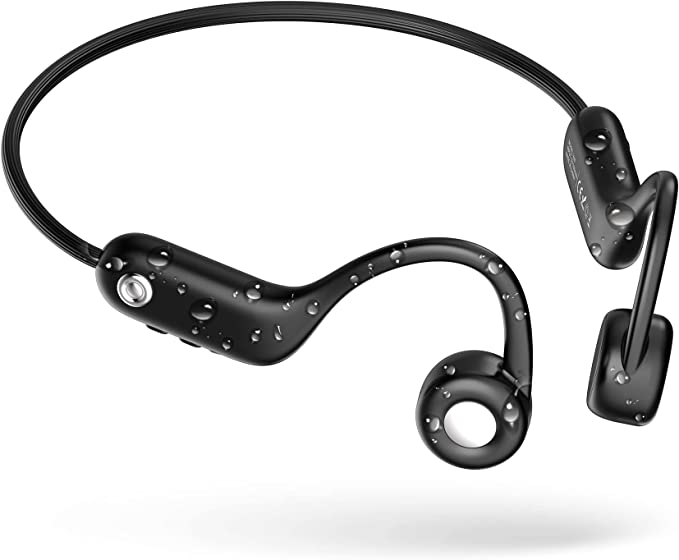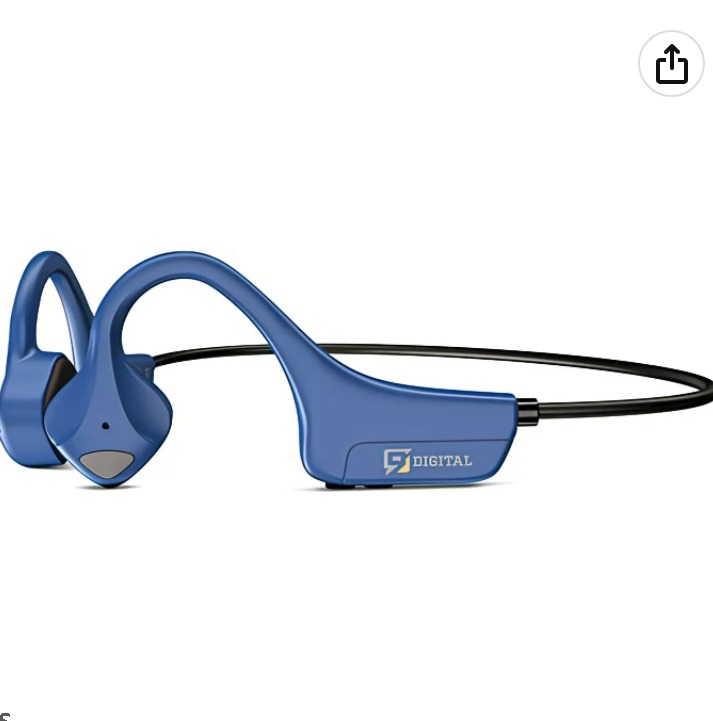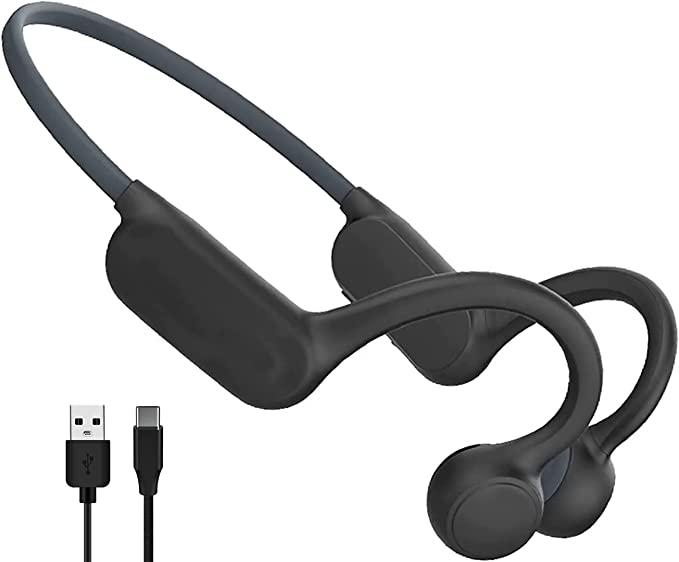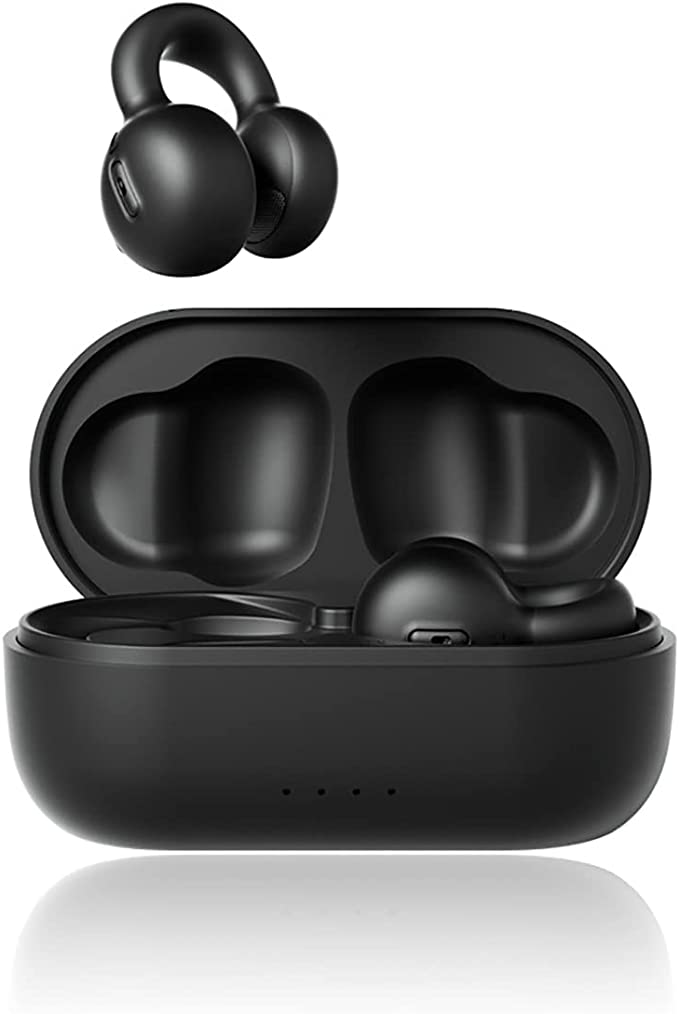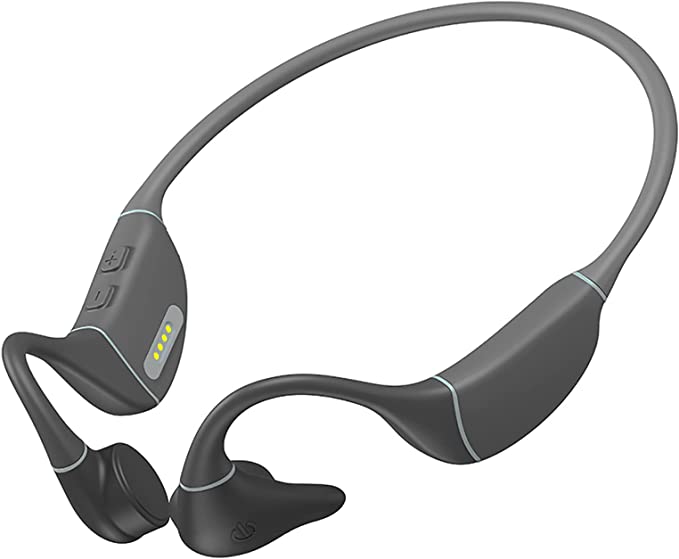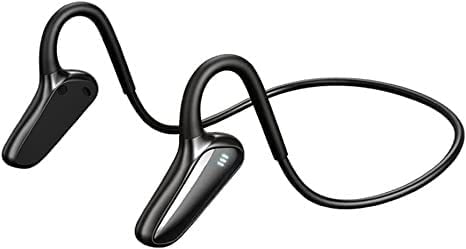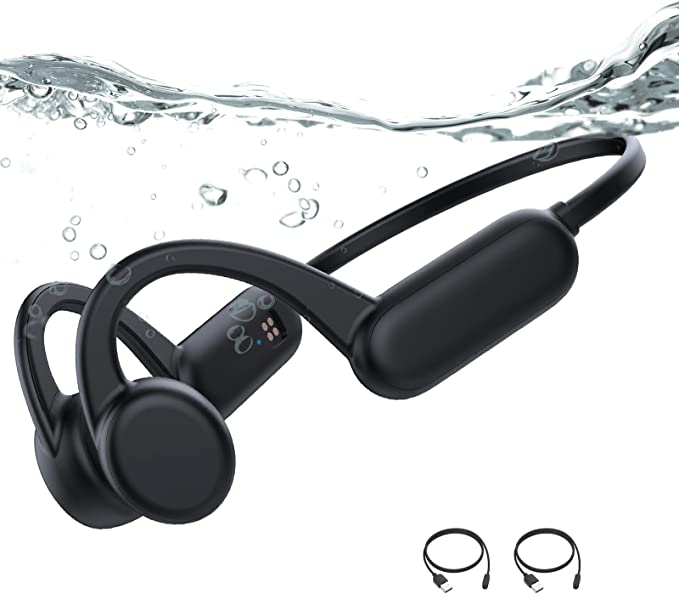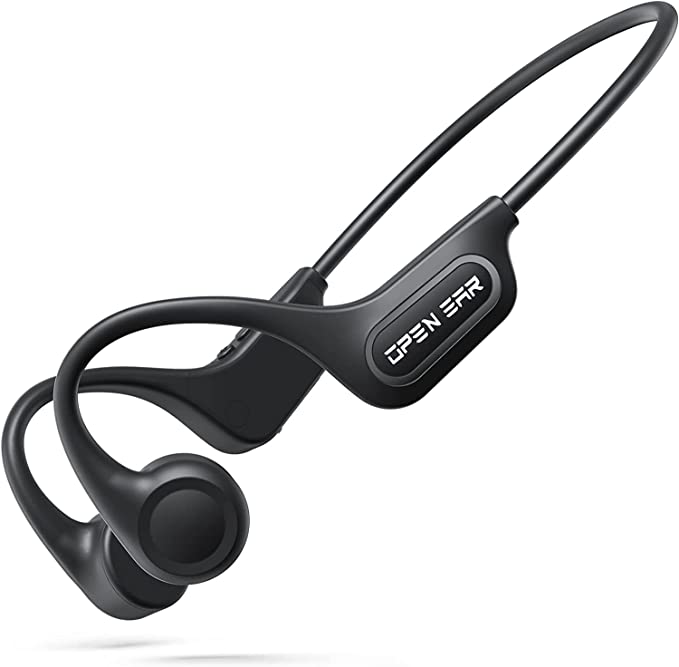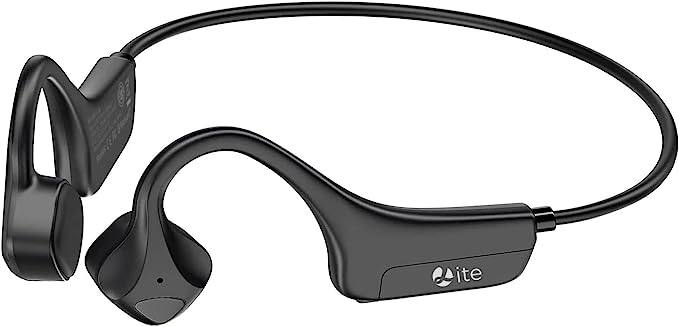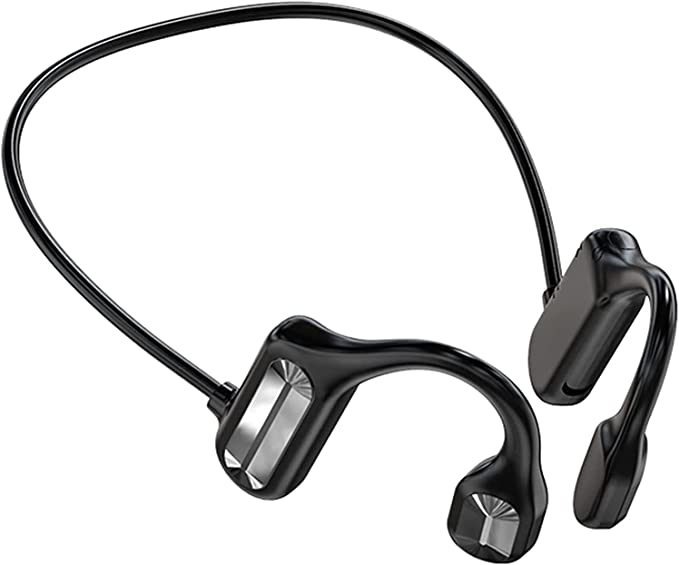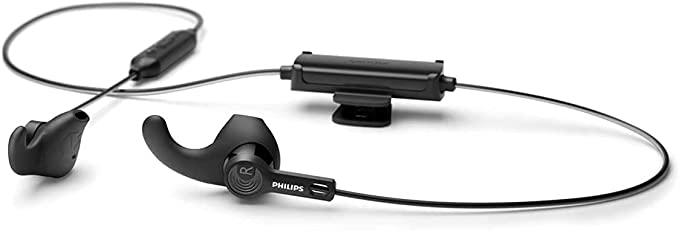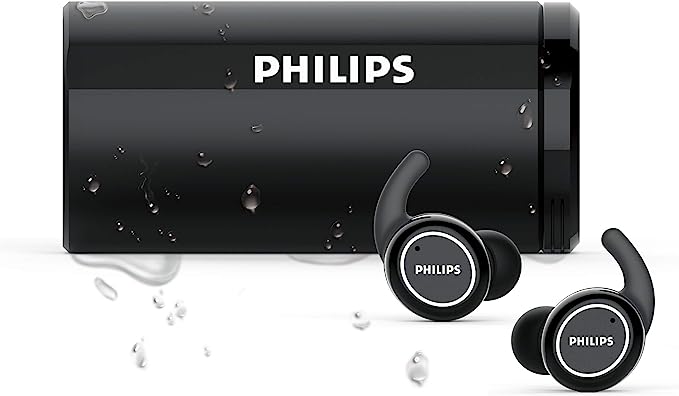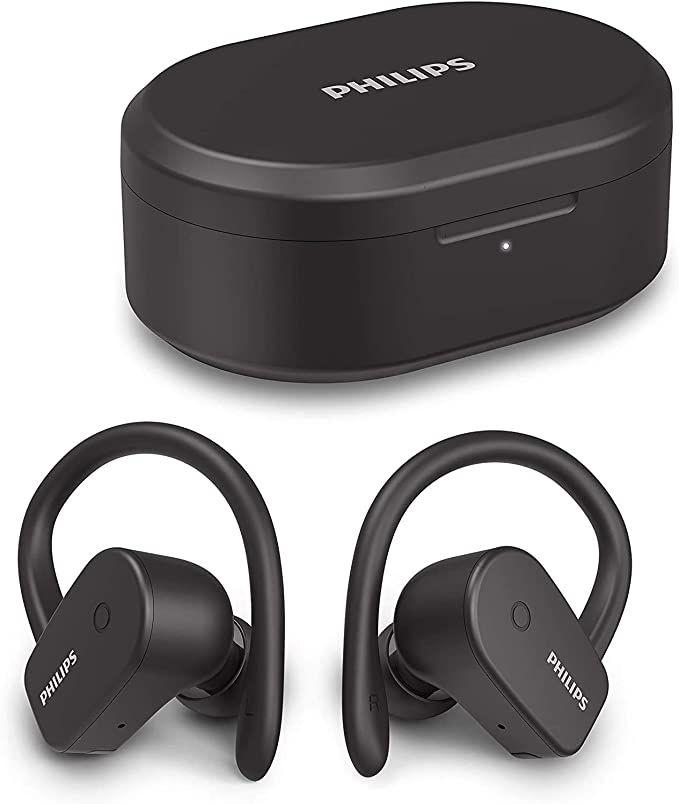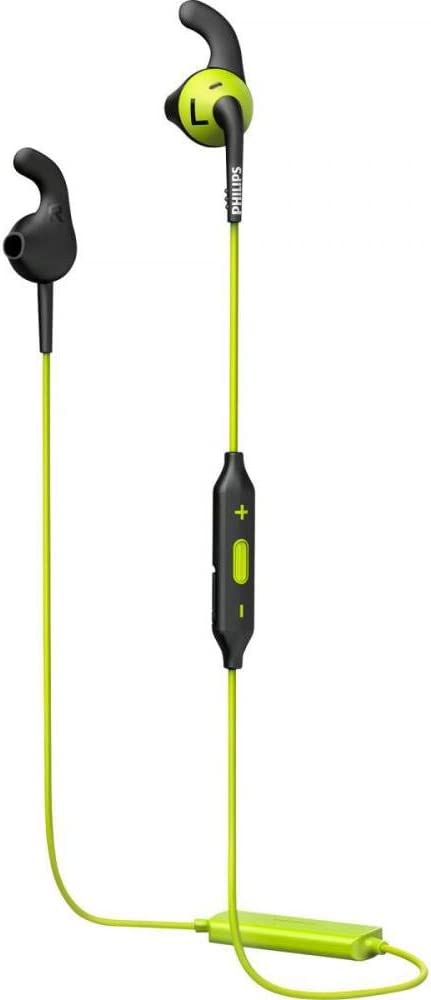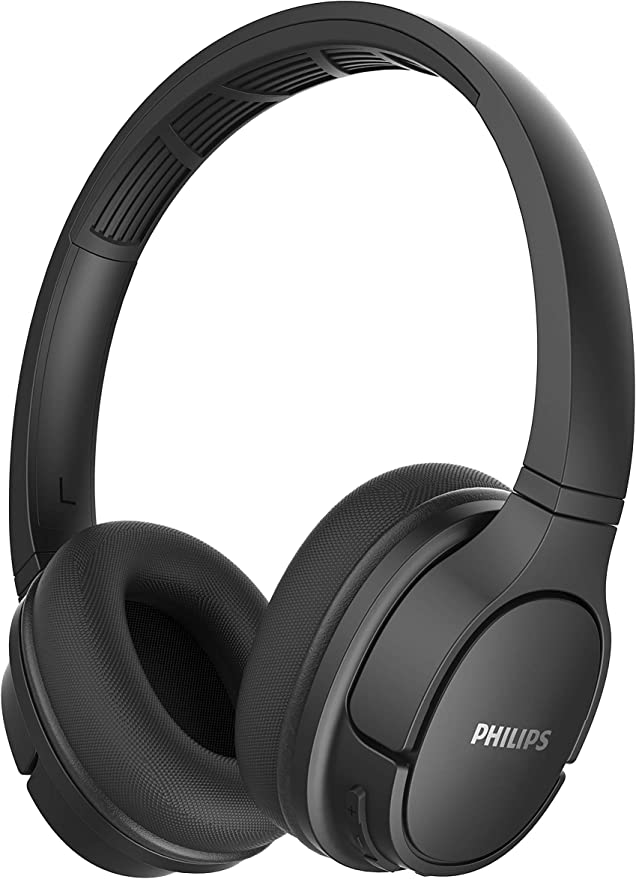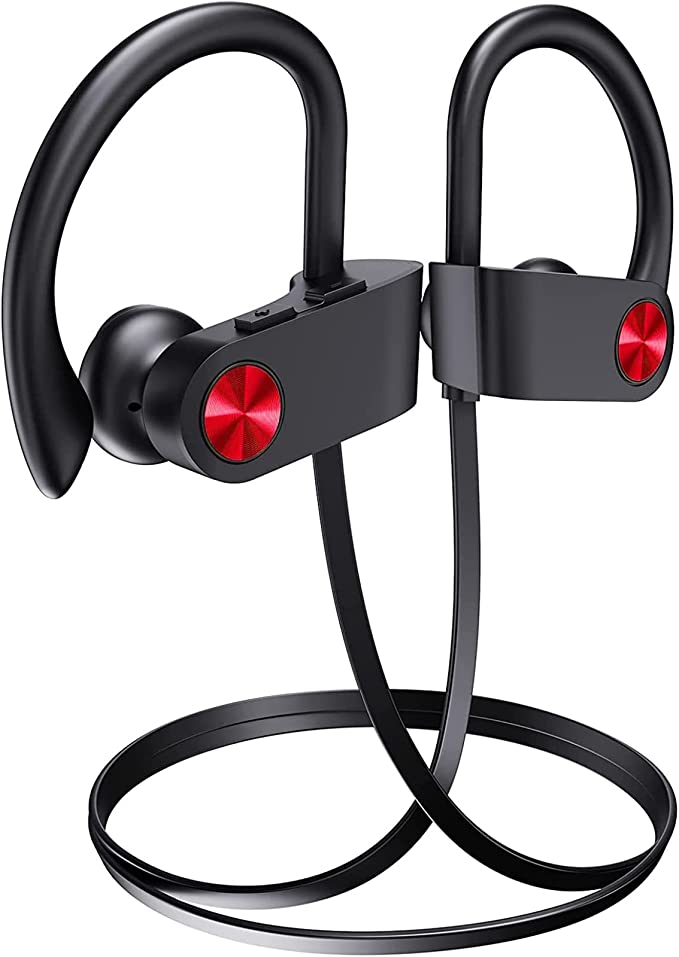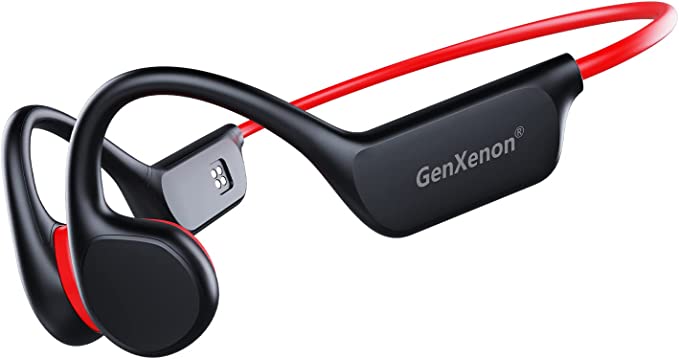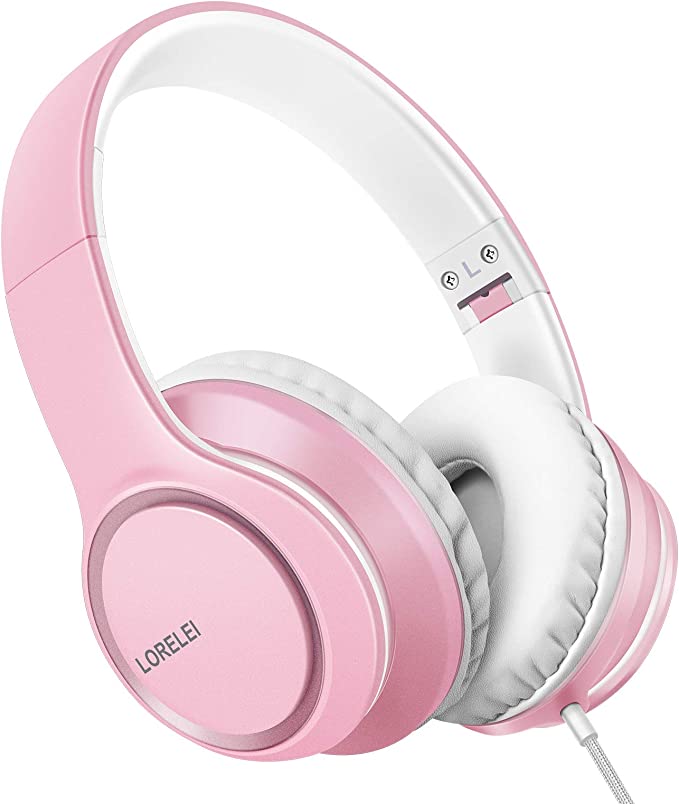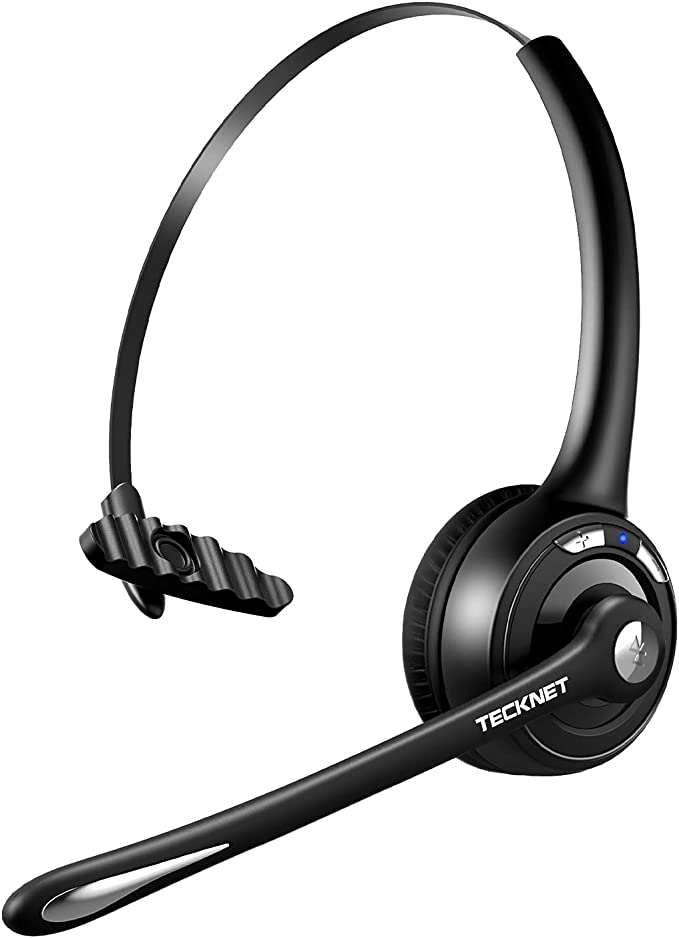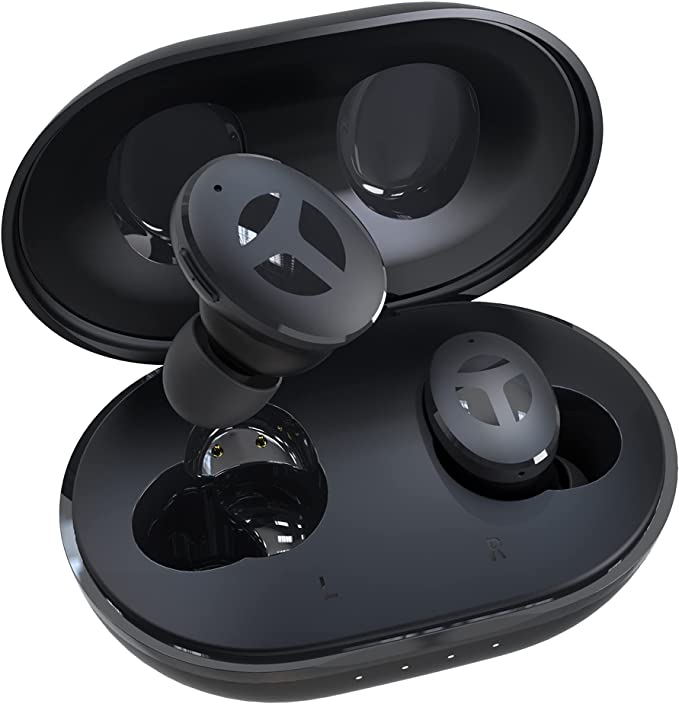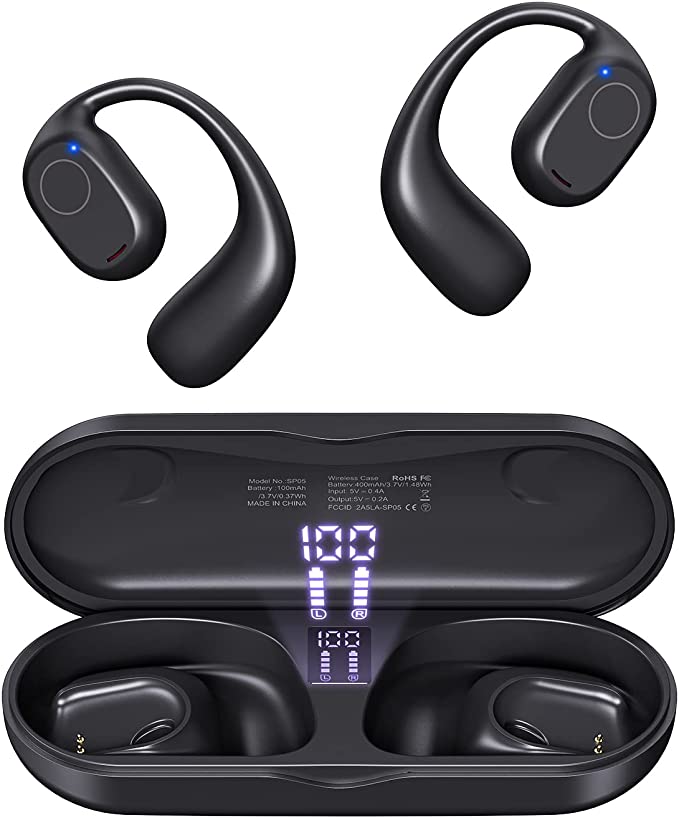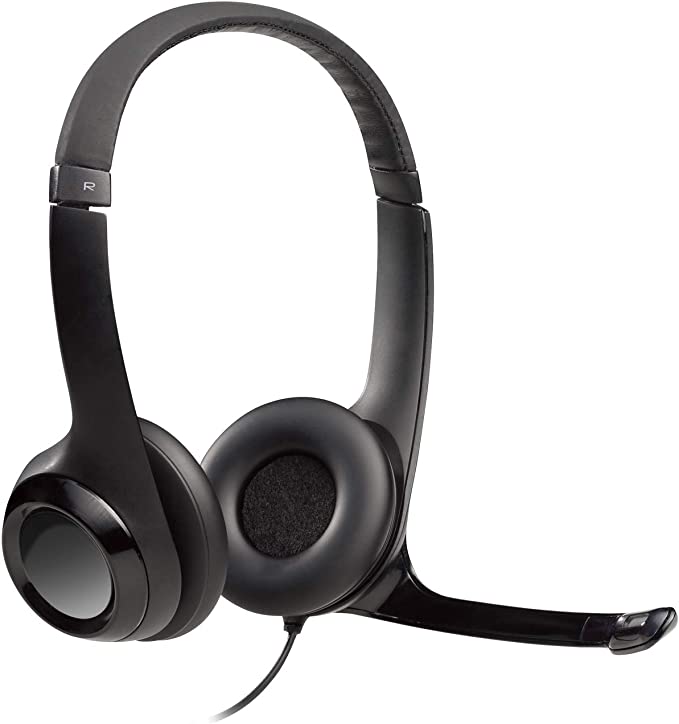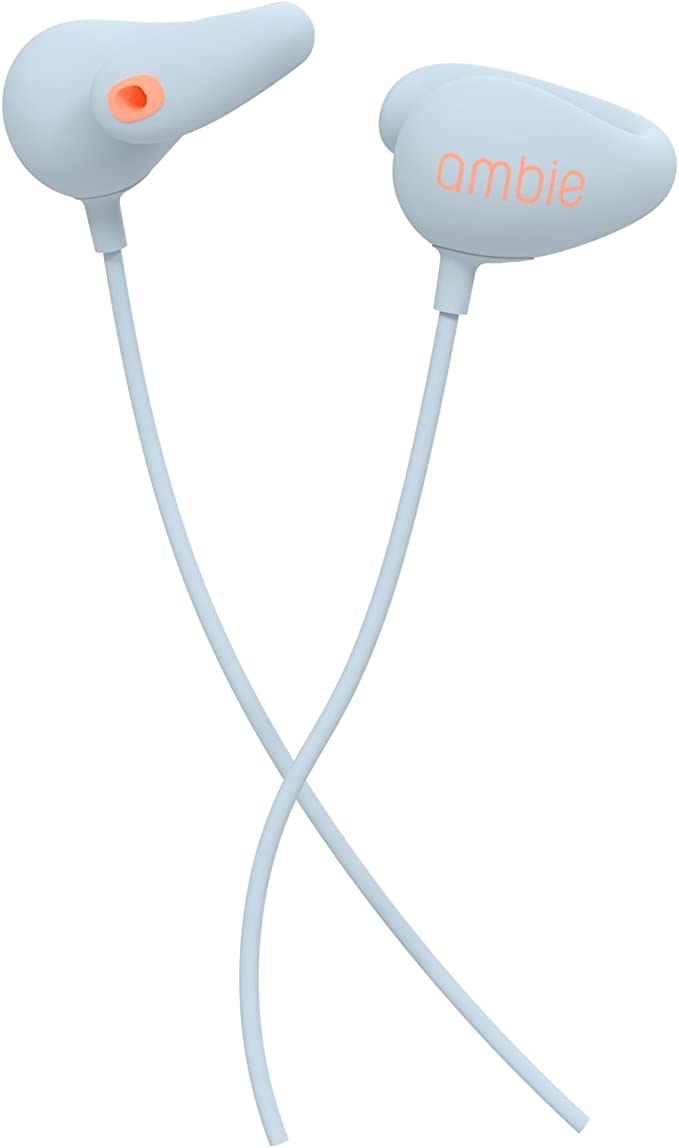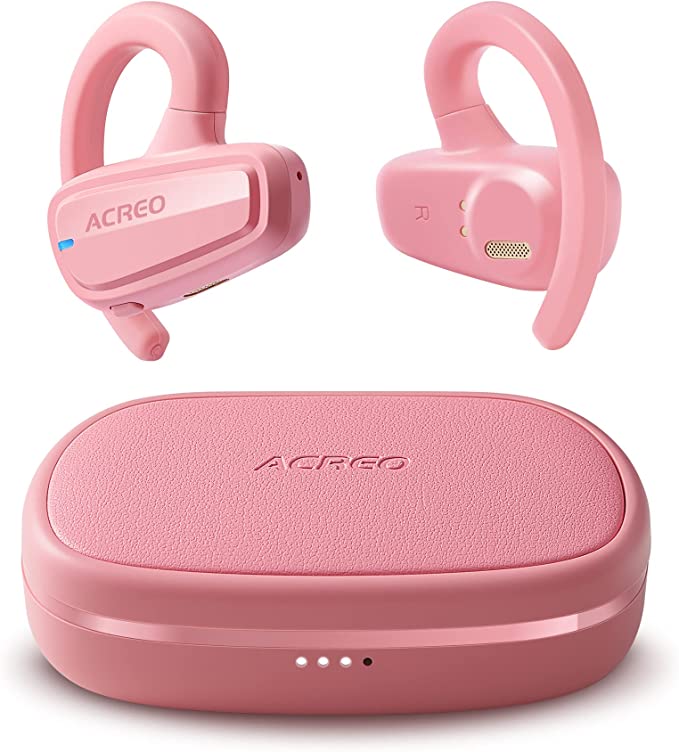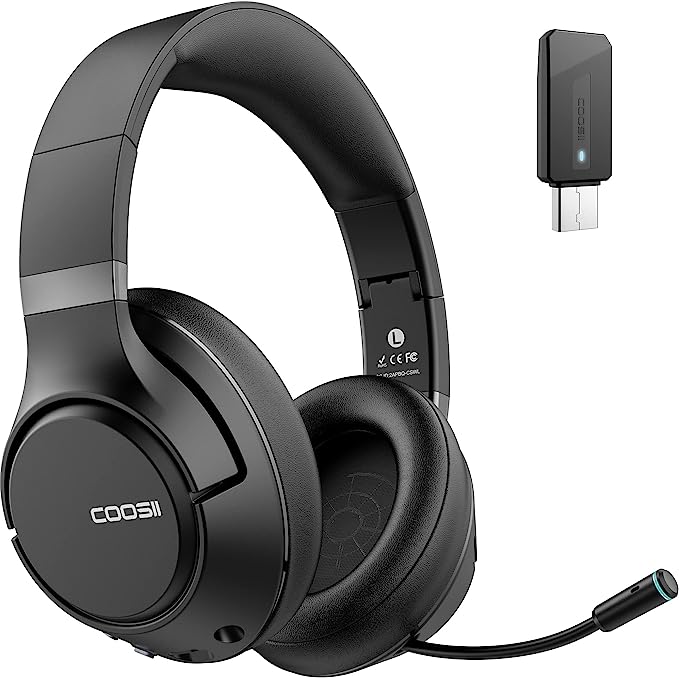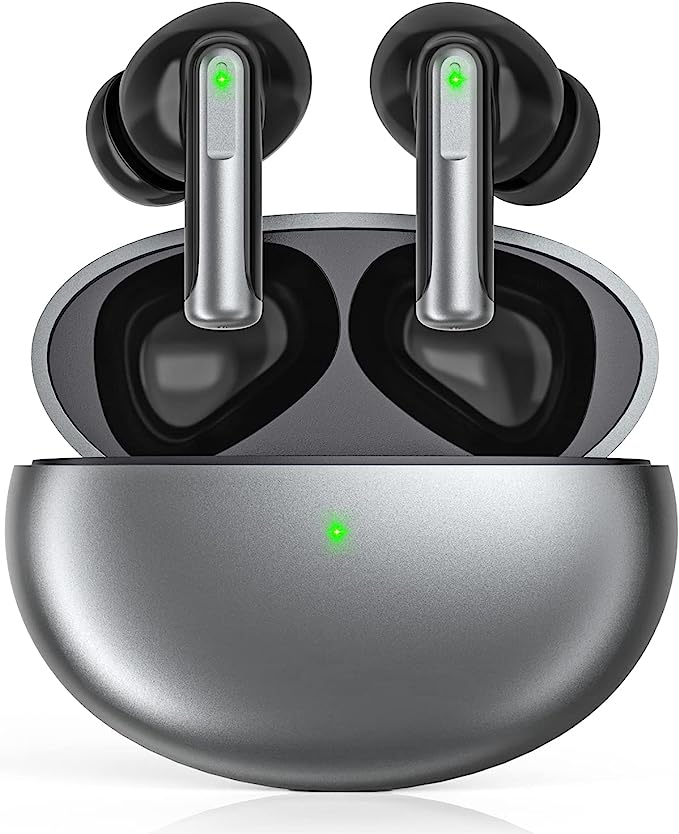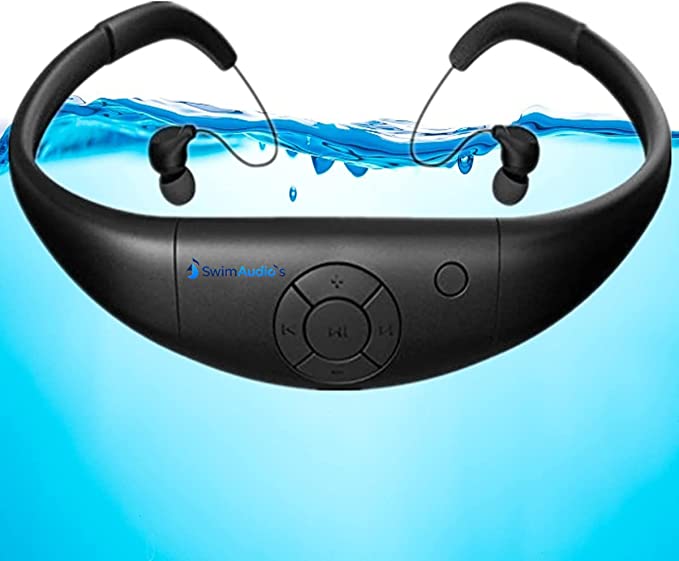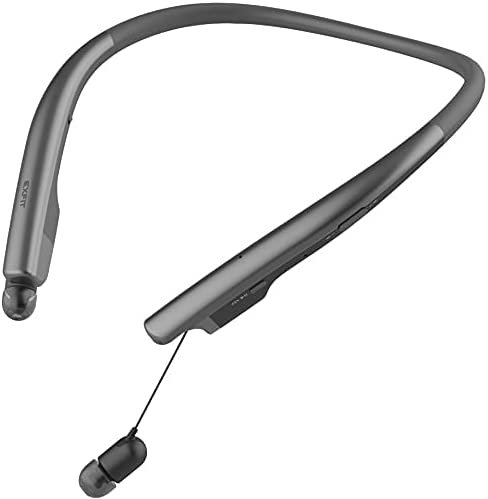PHILIPS GO A6606 Bone Conduction Headphones: Stay Aware, Stay Safe, Enjoy Your Music
Update on Sept. 22, 2025, 12:12 p.m.
It’s one of modern life’s most jarring moments. You hear your voice played back from a recording, and you recoil. That thin, reedy, impossibly high-pitched sound—is that really me? The disconnect is so profound it feels like a betrayal. You know your own voice, the rich, resonant baritone or sonorous alto that vibrates in your chest. The recording, you conclude, must be wrong. A cheap microphone, perhaps.
But the microphone isn’t lying. You are.
The stranger on that recording is how the rest of the world hears you. The voice you cherish, the one you’ve known your entire life, is a private performance, a symphony conducted exclusively for an audience of one. This auditory illusion isn’t a trick of psychology; it’s a fundamental, and largely forgotten, principle of physics and biology. You don’t just have one way of hearing. You have two. And understanding that second, secret pathway is the key to unlocking a technology that is quietly changing our relationship with sound itself.

The Ghost in the Machine
From the moment you are born, you learn that sound travels through the air. A slamming door creates pressure waves that journey across the room, funnel into your ear canal, and strike your eardrum like a tiny drum skin. This is air conduction. The vibrations are passed along a delicate, intricate chain of three tiny bones—the ossicles—to the cochlea, a spiral-shaped, fluid-filled chamber in your inner ear. Here, the mechanical vibrations are finally translated into electrical signals, which are sent to the brain to be interpreted as speech, music, or the rustle of leaves. This is the grand, public highway of hearing.
But there is another route. A private, direct path. Try this: plug your ears tightly and hum. The sound is still there, loud and clear, seemingly generated from within the very center of your head. This is bone conduction. The vibrations from your vocal cords aren’t just traveling out of your mouth into the air; they are also radiating directly through the solid bone of your jaw and skull. They bypass the eardrum and middle ear entirely, arriving at the cochlea through the back door.
Your cochlea is the final arbiter of sound, the brain’s audio processor. It doesn’t care how the vibrations get there. Whether they arrive via the public highway of the air or the private pathway of the bone, it dutifully translates them. The rich, bass-filled voice you hear when you speak is a composite, a stereo mix of both air- and bone-conducted sound. The rest of the world only gets the air-conducted mono track. That’s why you hate your recorded voice—you’re hearing it with one channel missing.

A Composer’s Desperate Hack
For most of history, this dual-hearing system was little more than a biological curiosity. It took one of history’s most celebrated musicians, plunged into the terrifying silence of deafness, to demonstrate its profound potential.
By his late 20s, Ludwig van Beethoven was losing his hearing, the ultimate cruelty for a composer. As the world of airborne sound faded, he became desperate. Legend has it that he discovered a workaround, a way to hack his own auditory system. He would attach a wooden rod to the soundboard of his piano and clench the other end between his teeth. The piano’s powerful vibrations would travel up the rod, through his jaw, and into his skull, delivering the glorious music directly to his still-functioning cochlea. He could feel the music in his bones.
This was more than just a tragic anecdote; it was the first documented, practical application of bone conduction. It was proof that the eardrum was not the only gateway to hearing. For nearly two centuries, however, this profound insight remained largely in the realm of medical science, most notably in the development of bone-anchored hearing aids (BAHA), which use a titanium implant to transmit sound to those with certain types of hearing loss. But in parallel, another group was exploring its tactical, rather than therapeutic, potential.
From the Battlefield to the Bike Path
Military special forces faced a unique problem: they needed constant radio communication while retaining full, unimpeded hearing of their surroundings. You can’t hear an enemy footstep if your ears are plugged with earbuds. The solution was bone conduction. Tactical headsets were developed that pressed transducers against the skull, leaving the ears completely open to the environment. This ability to perceive two distinct worlds of sound at once—the radio chatter and the rustle of a nearby bush—is called situational awareness.
For decades, this remarkable technology remained the preserve of medics and soldiers. Today, it has finally completed its journey from a composer’s desperate hack to the consumer. It is the core principle behind a device like the PHILIPS GO A6606, which serves as a perfect example of this science made accessible.
At first glance, it looks unusual. It doesn’t go in your ears; it hooks over them, resting two small pads on your cheekbones. But in its design, you can read the entire history of this technology. The lightweight neckband is made of titanium, the same biocompatible, incredibly strong metal used in the BAHA medical implants, chosen because it can deliver clean vibrations for hours without irritating the skin. The entire unit is sealed to an IP67 rating, a standard that signifies it’s impervious to dust and can survive being submerged in water—an engineering feat born from the need to create electronics that can withstand the sweat and rain of a battlefield or, in this case, a grueling marathon.
But its most important feature is what it doesn’t do. It doesn’t block your ears. It is a device built not for sonic isolation, but for auditory integration. It allows you to overlay your world with a personal soundtrack, to listen to a podcast while maintaining a perfect awareness of the traffic on your morning run. It is, in essence, a wearable form of augmented reality for your ears.
The Physics of Feeling Sound
Of course, sending sound through solid bone is not the same as sending it through air. The physics are different, and so is the experience. Many first-time users note that the bass is less pronounced than in traditional headphones. This isn’t a flaw; it’s a feature of the medium. The dense structure of bone is simply less efficient at transmitting very low-frequency vibrations. The resulting sound is incredibly clear for spoken word and mid-to-high frequency music, but it won’t give you the skull-shaking thump of a subwoofer. It’s a different flavor of sound, a trade-off for the immense benefit of an open ear.
At higher volumes, you can even feel a slight, tickling vibration on your skin. This is the raw, tactile evidence of the technology at work—a reminder that sound, in its purest form, is nothing but a physical vibration. You aren’t just hearing the music; you are, in a very real sense, feeling it.
This technology, born from a quirk of human anatomy, is more than just a new way to build headphones. It is a shift in our philosophy of listening. For years, personal audio has been about escape—noise cancellation, immersive soundscapes, and blocking out the world. Bone conduction offers the opposite: a way to add a layer to our reality without subtracting from it. It’s a tool for connection, not isolation. From Beethoven’s skull, to the modern battlefield, to the city bike path, this forgotten sense is finally being remembered. And as we move into a future of augmented reality and seamless human-computer interaction, this symphony inside our skulls may be the key to hearing what comes next.

